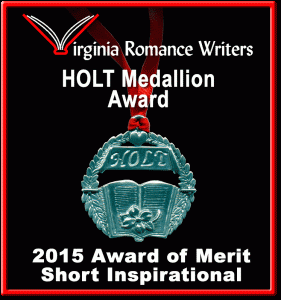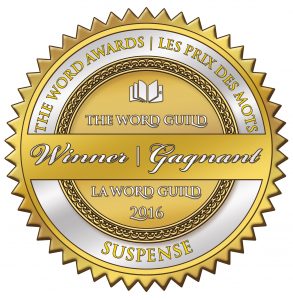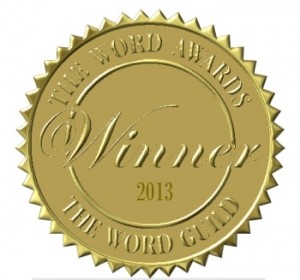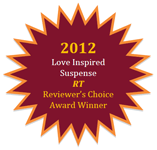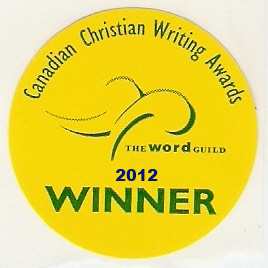A reader asked me to explain what happens to my manuscript after I hand it in.

There are three main editing stages, followed by a final page proofs stage.
Major Revisions
After submission my editor reads my manuscript, and if there are issues with the plot or romance or conflict or pacing or chapter hooks or chapter endings etc, she will send the manuscript back with a revision letter, explaining what needs to be adjusted. An author is typically given 30-60 days to make these revisions.
I had a half page revision letter for my first novel, but after that, plot issues were addressed at the proposal stage so subsequent manuscripts have gone directly to the second revision stage.
Line Edits
At this stage, an editor (sometimes a different one than the one who read the manuscript first), will mark up the manuscript using track changes, making suggestions, asking questions, pointing out areas that need to be elaborated, eliminated, tightened etc.
Depending on how tight to deadline the publisher is, an author may have a very short time to turn these edits around. I’ve had a couple of manuscripts where I was asked if I could do them in three days. It was not difficult to get them done in that time, because I write full-time. So authors will communicate with their editors how much time they need, and all the editors I’ve worked with are great about accommodating vacations etc.
BTW, this is the stage that earns the author the release of the second half of her advance.
Copy Edits
Once an author returns their revised line-edited manuscript, it goes to a copy editor. This is always a different editor, one very knowledgeable about grammar and style rules and when it’s better to break them. I never see the copy edited manuscript with my Love Inspired Suspense manuscripts, unless the copy editor catches a “content” discrepancy that I need to fix. Many LI authors, however, do see their copy edits, so it varies by editor.
In contrast, I worked closely with the copy editor for Deadly Devotion. She caught things like the heroine’s apartment levitating from the second to third floor over the course of a couple of chapters. Comma issues etc. she would simply change. However, if she felt a phrase was awkward or the noun being reference by a pronoun, for example, was unclear, she’d ask me to change it, or suggest a change and ask if I was okay with it.
I was given 2 or 3 weeks to go through the manuscript, which was plenty of time, especially since the editor had kindly waited until after I’d submitted another manuscript I had on deadline. She called this stage “galleys” and told me that if I wanted to make any significant content changes, like changing a character’s name, job, an entire scene, this was my last chance.
Final Stage – called Page Proofs or AAs for Author Alterations
At this point the author receives a hard copy of her novel as each page will be printed. Since I’m in Canada and my editors are in the US, I have actually always received a pdf copy. For LIS, I simply print off any pages on which I find issues. I note the fix on the page itself with a red pen, and keep a list of each change with page number, line number and whether the issue is a Printer’s Error or an Author Change. If authors try to make too many changes at this stage, they can be charged for the cost of resetting type. However, I don’t personally know anyone who has ever had to do that. Once I’ve proofed all the pages, I mail back only those pages I’ve made changes on, along with the list.
New changes since this blog was first posted: My most recent AAs were submitted digitally in much the same way as I describe below (and no line numbers or list-making required):
In contrast, my page proofs for Deadly Devotion didn’t have line numbers. They looked exactly how they will appear in the book, complete with a cool leaf graphic between scenes! Any errors I found I marked up directly in the pdf and emailed it back to my copy editor. However, authors living in the US receive hard copies and mail back those pages they change.
Your Turn: Any questions?
Image courtesy of Ambro at FreeDigitalPhotos.net

















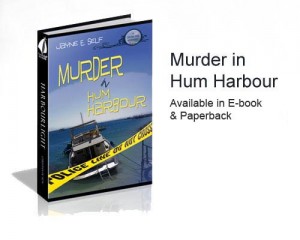



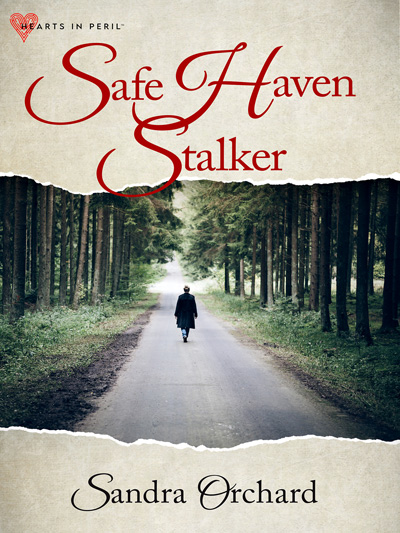
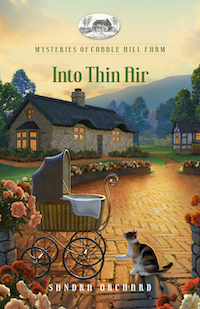
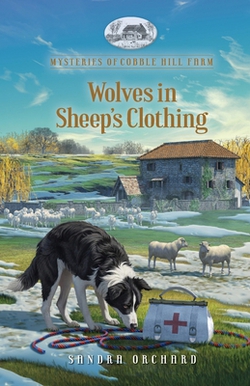
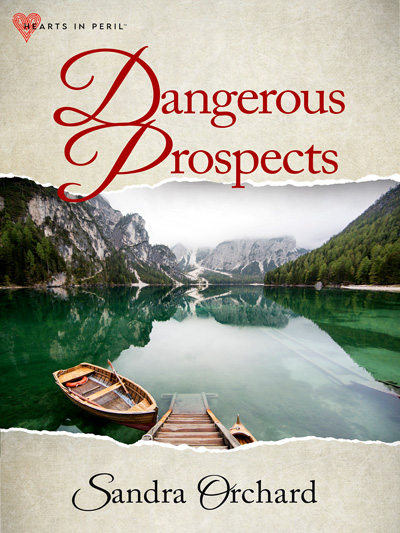
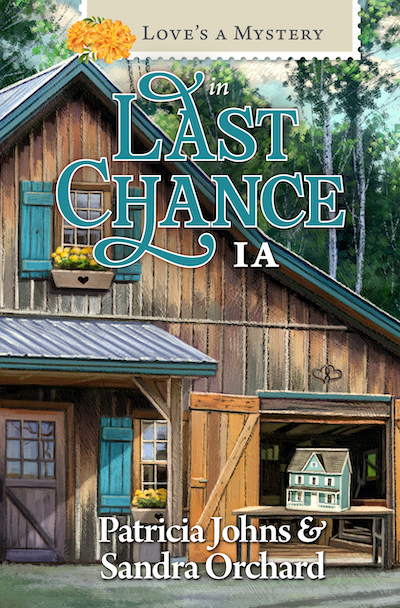

 RSS - Posts
RSS - Posts


